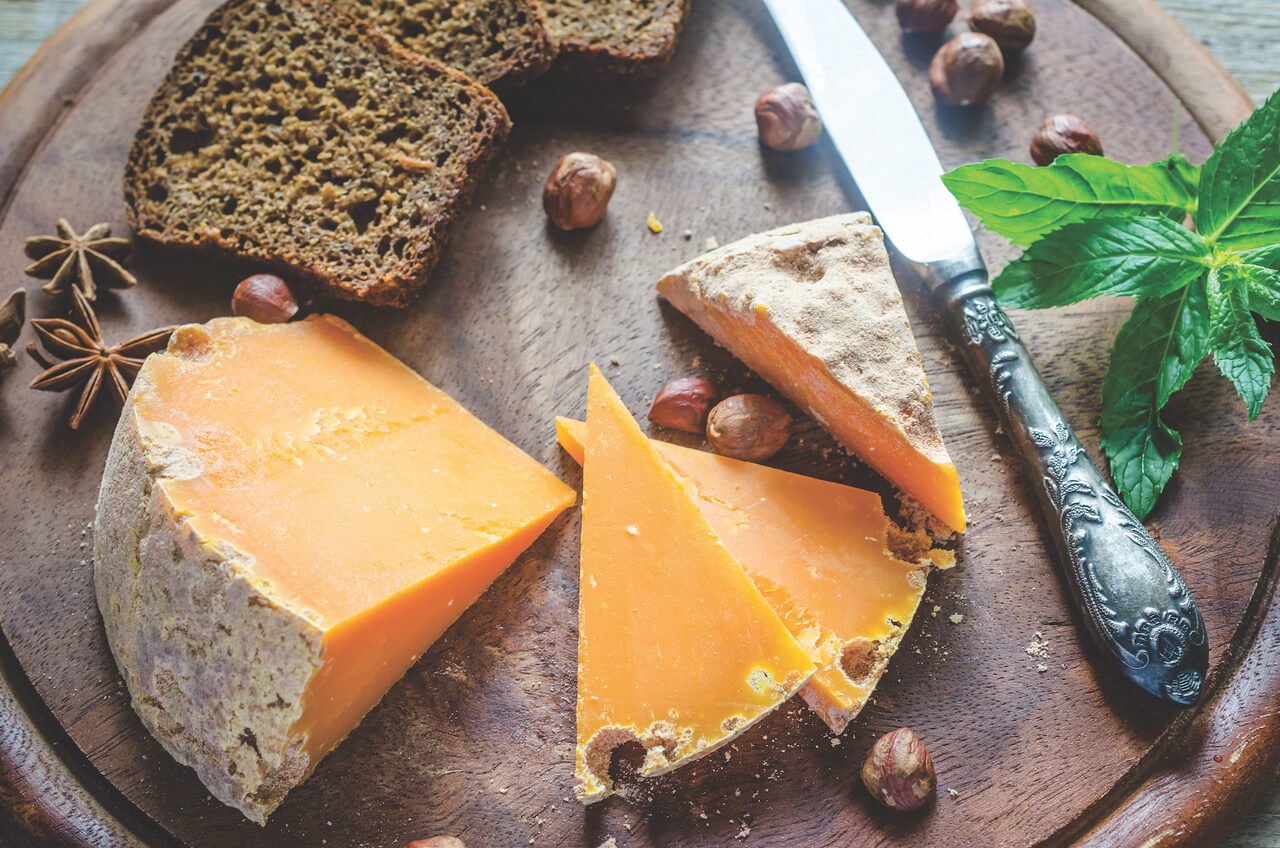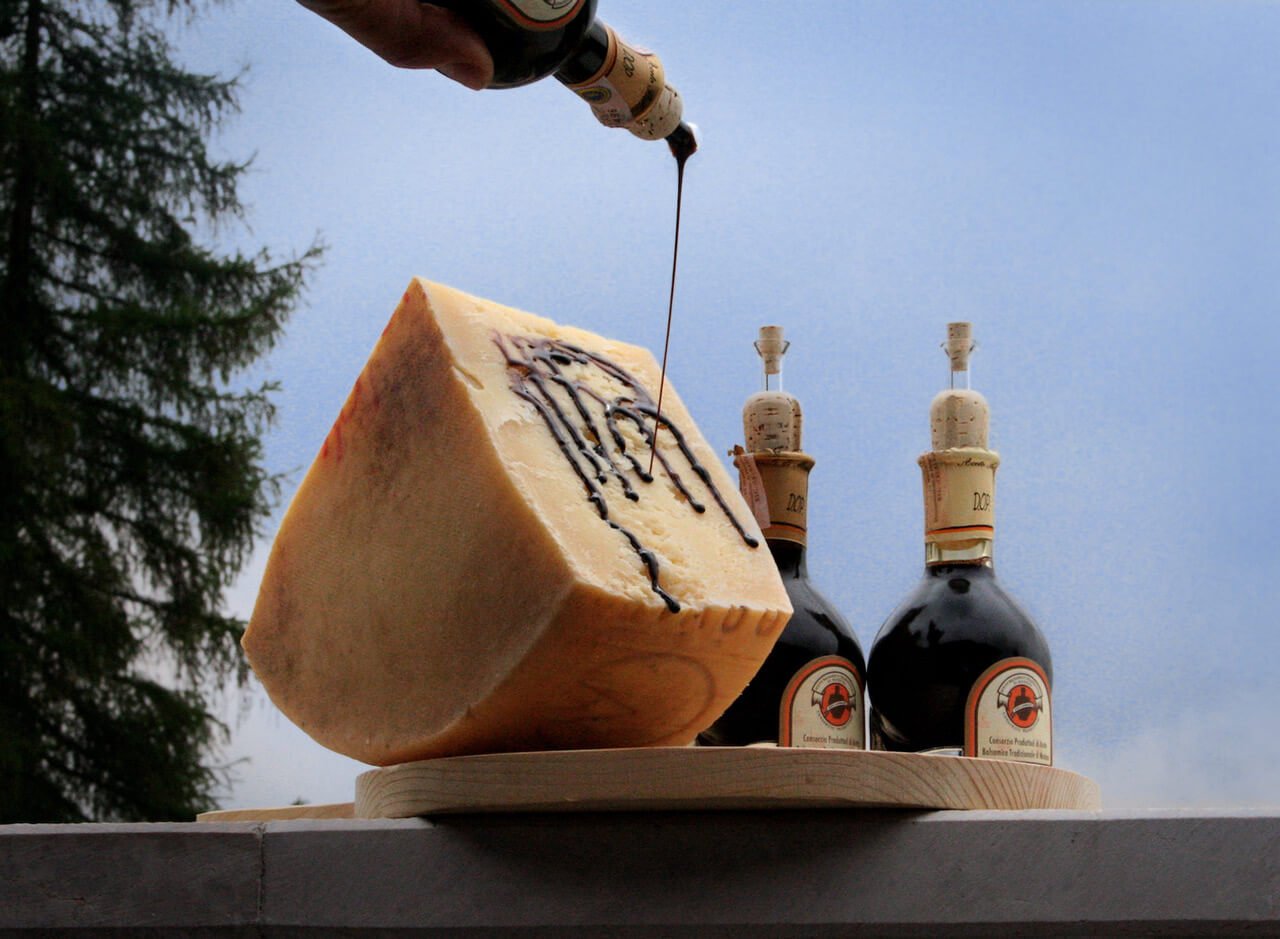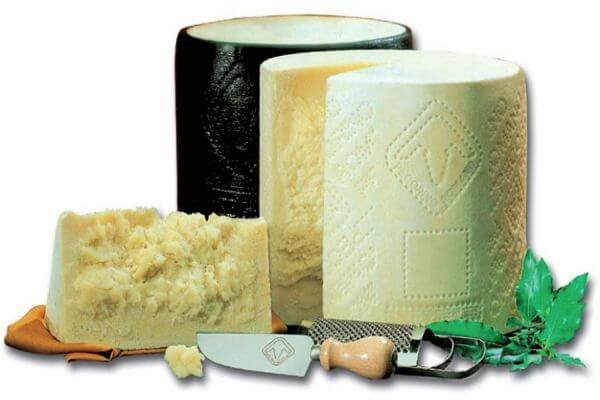Hard Cheese 101 & 6 Classic Cheeses You Should Know
There’s nothing like a lush, silken brie to send you into raptures. The sheer decadence of a velvety triple cream coating your mouth is the stuff of pure sensuality. That said, the dense complexity of hard cheese has its own undeniable appeal. Age not only firms it up by removing moisture, but it also concentrates and deepens the flavor.
While most people think of Parmigiano Reggiano when they consider buying a hard cheese, others bring an array of character and flavor you don’t want to miss out on. And they don’t cost as dearly as Italy’s King of Cheeses. In general, hard cheeses are excellent toppers, helpful for bringing an extra depth of flavor to casseroles, pasta, and salad. They’re all good eaten out of hand, but try cooking with them, and you’ll find they have so much more to offer. In addition to being delicious, they store well in the refrigerator and have a much longer life than softer cheeses that have more moisture. These six are a great starting point.
Mimolette
If you spot a whole, uncut mimolette at the cheese counter you might wonder why someone left a cantaloupe there. But beneath the rough exterior of this doppleganger lies a smooth, brilliantly orange paste with a fruity aroma and nutty flavor. You’ll find this French cow’s milk cheese anywhere from a few months of age to two years. As it ages, the nuttiness intensifies, and it takes on a delicate, salted caramel quality. Try grating mimolette into your scone or biscuit dough. Bake an apple pie and either grate it into the dough or over top of the pie when it’s just out of the oven. But, hey, no one will call the cheese police if you go wild and include it in both the crust and on top. Mimolette goes nicely with stout and plays well with tannin-heavy red wines.
"asiago dop e aceto balsamico tradizionale di modena" by cristiano carli is licensed under CC BY-SA 2.0
Asiago PDO Stravecchio, also known as Asiago PDO D’Allevo
Stravecchio and D’Allevo mean “aged” and “thoroughbred” respectively. Asiago PDO is one of Italy’s oldest cheeses. Produced from cows’ milk in the foothills of the Italian Alps, it possesses an extraordinary balance of earthiness, sweetness and brightness, a mouthwatering combination that makes it a versatile cooking ingredient and a delight to nibble all on its own. A nine-month (or older) aged Italian asiago enlivens any egg dish, be it a soufflé, omelette or basic scramble. It brightens and tames the dense richness of mushrooms, so grate it over your mushroom ragout or ravioli for balance. Pair it with a light, fruity red wine like a Beaujolais. If you can find a two-year asiago, jump on it! Your taste buds will thank you.
Aged Gouda
If you think gouda is just too plain to take seriously, I implore you to seek out an aged gouda. Those extra months—and in some cases years—of aging transform this Dutch cow’s milk cheese into a wonder of butterscotch-and-caramel notes with an appealing crystalline structure. (By the way, those crunchy bits you’ve heard about aren’t salt but tyrosine crystals, an amino acid that triggers feelings of happiness in the brain. Yeah, science!) Grate some into your gougere batter and include it in your potatoes au gratin. If you’ve wowed your friends by making chocolate chip cookies with a sprinkling of sea salt, take it a step further: roughly grate aged gouda into the dough next time for an even richer treat. It’s excellent for nibbling with scotch, a full-bodied red wine or a brown ale. Learn more about gouda.
Pecorino Romano PDO
You can taste the minerality of Sardinia’s rugged landscape in Pecorino Romano PDO. This rocky island perched over the Mediterranean is home to the sheep that provide the milk for Italy’s second most popular cheese. That minerality and the natural funkiness of the sheep’s milk join to create a cheese that sits boldly on the tongue. Grate it generously over gnocchi with sage leaves fried in brown butter. Introduce it as a finishing touch—and a fifth cheese—to your four-cheese pizza when it’s fresh out of the oven. Pecorino Romano is aged anywhere from five to ten months, and different pecorinos have different flavors. Locatelli possesses a brightness that cuts through the richness of creamy pasta dishes. Fiore Sardo has a rich caramel quality overlaid by smoke. It makes a nice contrast to the other tasty items on your charcuterie board. In general Pecorino Romano pairs well with Petit Syrah and Merlot. Learn more about PDO Pecorino cheeses.
Garrotxa
If you think you don’t like goat’s milk cheese, give garrotxa a try. It has a slight tang and just a whisper of the attitude of goat’s milk, but mainly you’ll detect butteriness, hazelnuts and the Mediterranean herbs on which the flocks graze. Aged a mere three to four weeks, this Spanish goat’s milk cheese is oddly both crumbly and creamy. While it’s an excellent grating cheese for finishing pasta, salad and paella, it really shines on the charcuterie board and makes a fine accompaniment to crusty bread, cured meats, nuts and olives. Add a smear of quince paste or a drizzle of honey, and garrotxa will put you over the moon. It’s an agreeable cheese that pairs well with a vast array of light, crisp white wines. Learn more about goat cheeses, including garrotxa.
"Dry Jack Select Cheese" by artizone is licensed under CC BY-NC-NC 2.0
Vella Dry Jack
You might think coating a two-year-aged cheese with vegetable oil and dusting it with cocoa powder and black pepper is a little wacky, but think about how delightful chocolate can be in a dish like Mexican mole. This cow’s milk cheese from California has a storied history dating back to the early twentieth century when Italian immigrants to the Golden State attempted to reproduce their beloved Parmigiano but had to “settle” for what became known as jack cheese. Past that curious exterior, you’ll find a complex medley of sweet, nutty, and earthy flavors to play with. Shred-it lavishly over spicy pork and chicken dishes. Shave it onto a tortilla and pop it into the toaster oven. Stir a generous grating into your cornbread batter. Use a fine grater with this cheese, to capture and evenly distribute the cocoa exterior. Look for the imprint in the exterior of the muslin in which it was wrapped and suspended during its aging process, a nice rustic touch. It goes particularly well with stout and dark ales.






